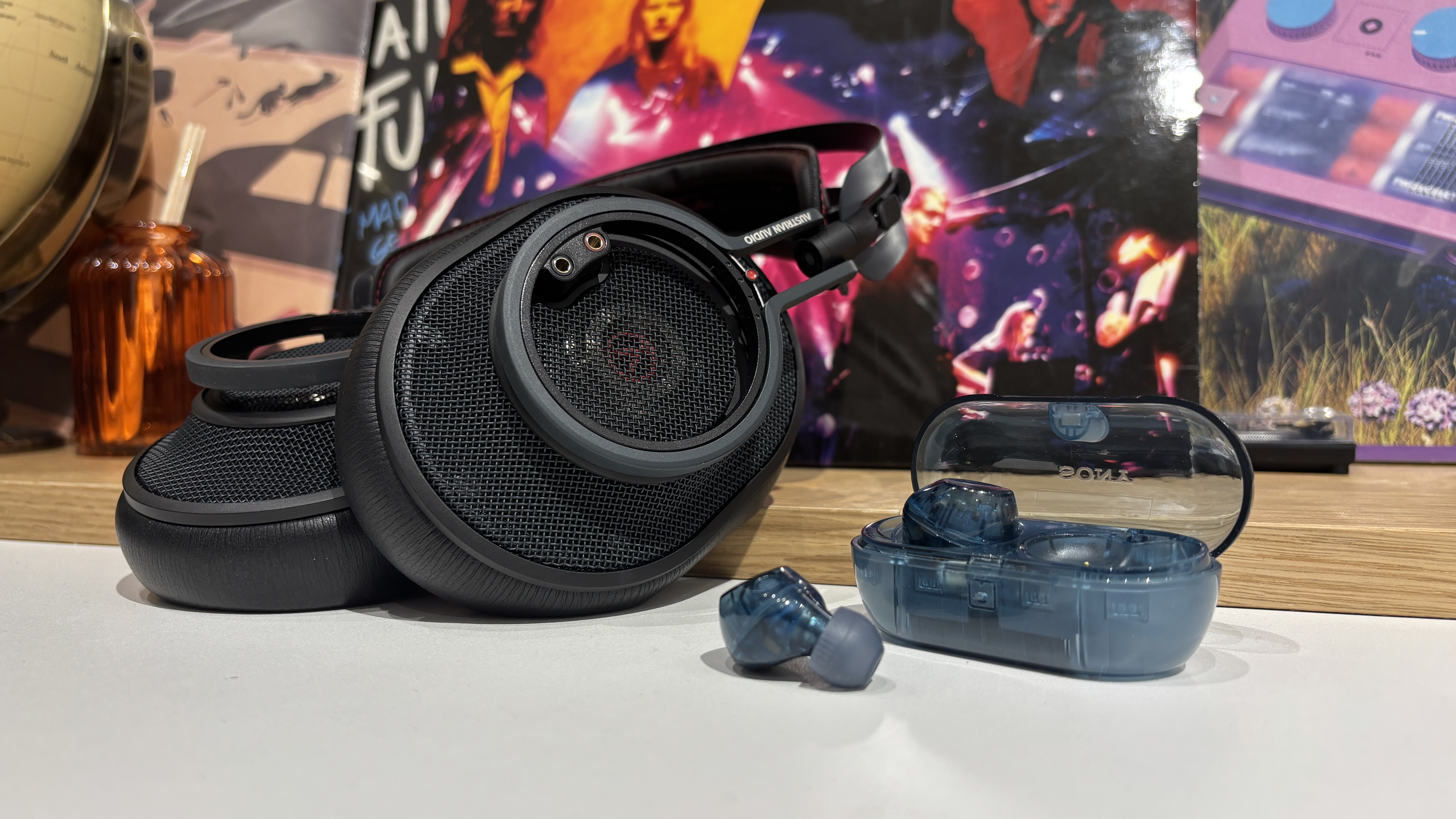Should you buy a Hisense TV in 2025? The best models worth considering
Cheap prices could mean big bargains...
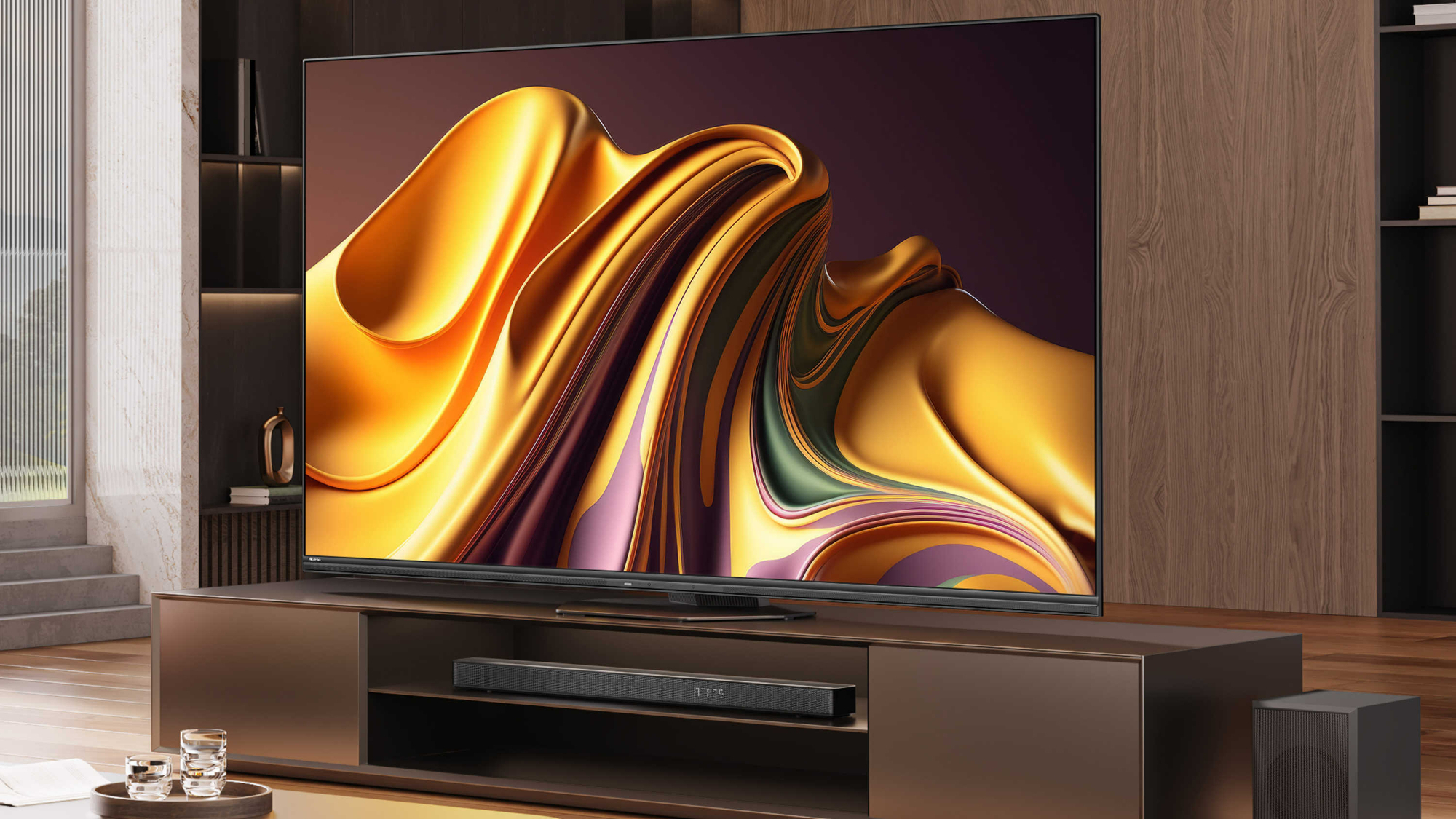
If you've been on the hunt for a new TV, chances are you've stumbled across Hisense. For those not familiar with the Chinese TV brand, it has rapidly increased in popularity due in part to its plentiful offering of affordable TVs, as well as its flagship models which tend to undercut the likes of Samsung, LG and Sony in terms of price.
Now that it's become more of a household name, you're probably wondering whether you should buy one over the Korean, Japanese and Chinese competitors. Well, you've come to the right place as we're exploring the lineup and deciphering which ones are worth your hard-earned cash.
- Hisense 2024 TV range: everything you need to know
Should you buy a Hisense TV? The short answer…
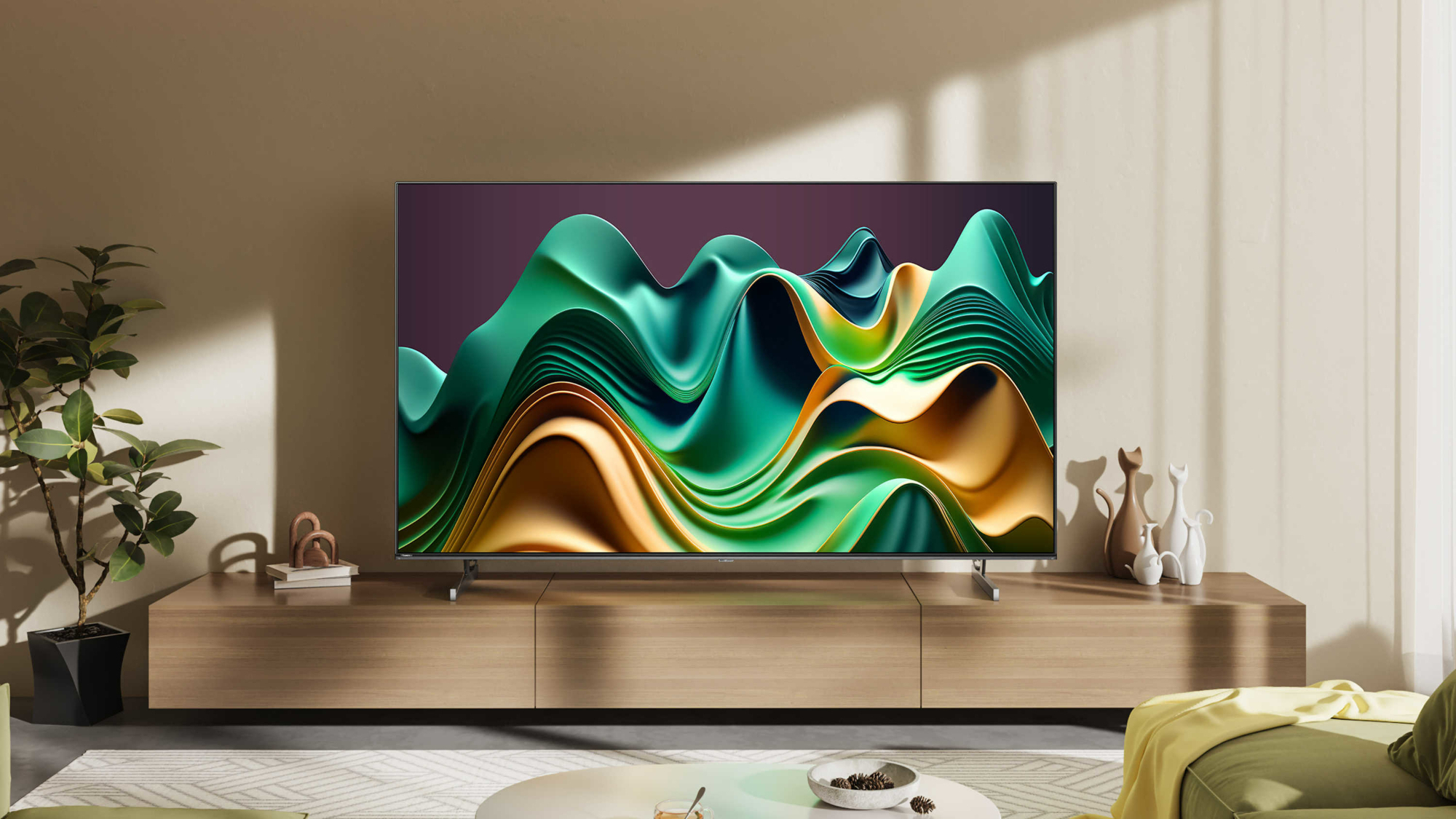
Across both the UK and the US, there are tons of different Hisense TVs you can buy. If you’re looking for flexibility, this brand definitely has you covered. What’s more, these TVs are often extraordinarily competitive in terms of specs, features, and pricing. Depending on what you’re looking at, a Hisense TV might be the best option.
In the US, for example, Hisense offers up just about the cheapest HD TVs money can buy, and if you can nab the 4K A6 Series on sale, you’ll be able to enjoy one of the cheapest 4K sets money can buy, too, undercutting even the low-cost TCL 3 TVs. Hisense won’t always be the cheapest option, but it definitely can be.
In the UK, the situation is similar. Generally, Hisense UK TVs aren’t the cheapest around, though they have competitive specs and features, but with even a modest sale, they can quickly become the default pick for a budget TV. Especially if you’re a gamer: Hisense UK 4K TVs support VRR and ALLM, which oftentimes other budget sets won’t.
In general, Hisense TVs provide competitive features and specs, often with solid gaming performance – and for low prices that can, with sales, be the best prices you can find. Like TCL, this brand is a must-watch if you’re looking for a budget TV.
Should you buy a Hisense U8N?

- Sizes: 55-inch, 65-inch, 75-inch
- Display type: Mini LED
- Resolution: 4K
- Refresh rate: 144Hz
- HDR: HDR10, HDR10+ Adaptive, Dolby Vision, HLG
- Audio: Dolby Atmos, DTS Virtual:X
- ARC/eARC: eARC
The U8N is Hisense's latest and greatest TV, its range-topper from its 2024 line-up. Available in 55-, 65- or 75-inch models, it uses Hisense's Hi-View Engine Pro system with real-time frame-level analysis to optimise for the "ultimate visual journey" – according to Hisense at least.
Like Sony and Samsung, the screen combats reflections, making it easier to see what's happening in bright sunlight, while the Dynamic Tone Mapping Pro system adjusts contrast and brightness levels based on your viewing environment. Its maximum refresh rate of 144Hz should also make it a good bet for gamers (though it does only have two HDMI 2.1 ports, so if you're using one of those for a soundbar over eARC, you'll only have one socket free for top performance from a games machine).
HDR support is strong, with Dolby Vision IQ, HDR10+, HDR10 and HLG compatibility – Hisense calls this the "Total HDR Solution". And it supports the IMAX Enhanced picture mode for content on streaming services that support the expanded aspect ratio.
On the audio side is a new 2.1.2 multichannel surround system, with an updated front-firing speaker array that reduces distortion. This TV is bundled with a solar-powered remote and an updated octagonal stand.
You can see the best prices below.
Should you buy the Hisense U7N?
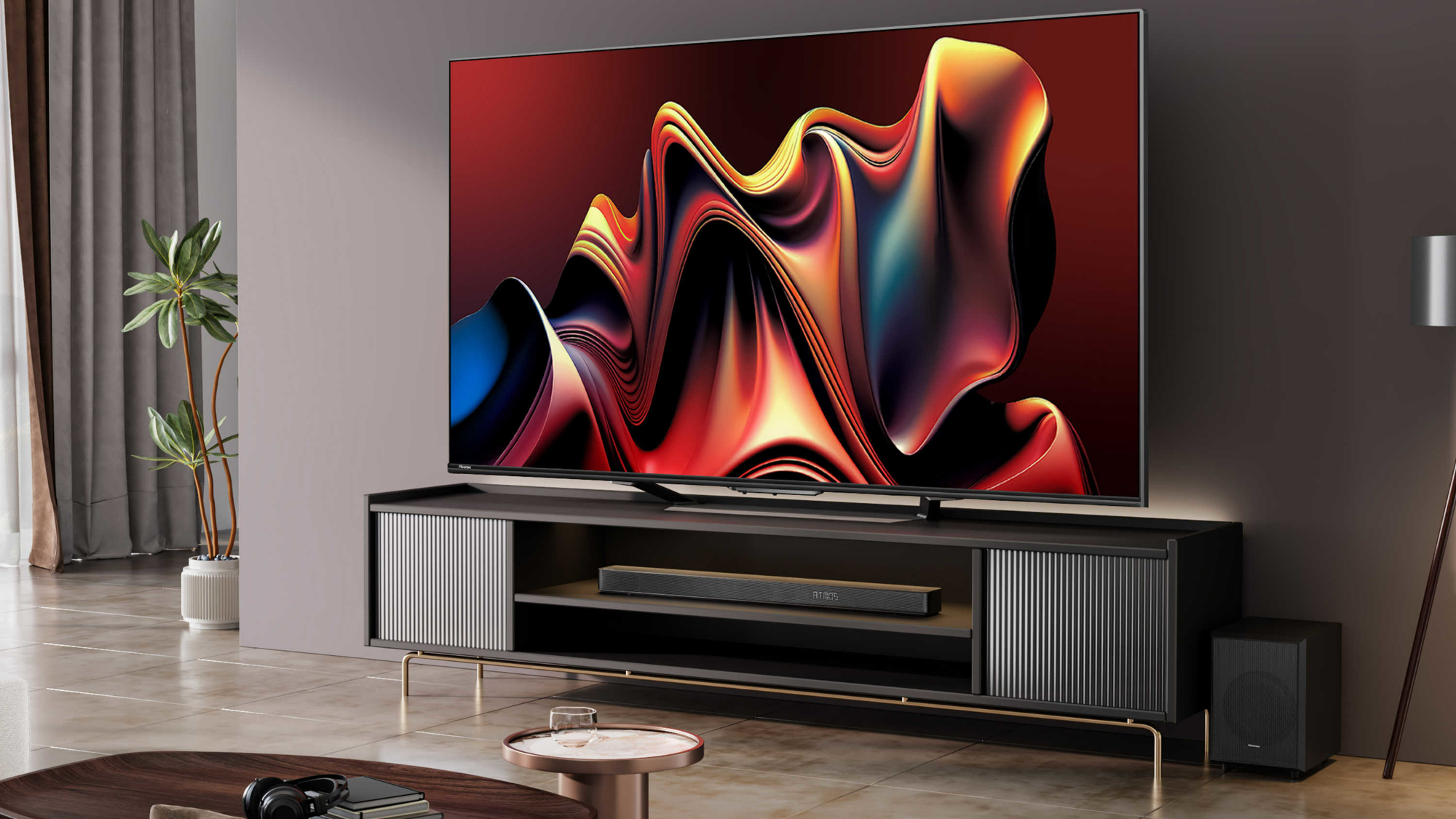
- Sizes: 55-inch, 65-inch, 75-inch, 85-inch
- Display type: Mini LED
- Resolution: 4K
- Refresh rate: 144Hz
- HDR: HDR10, HDR10+ Adaptive, Dolby Vision, HLG
- Audio: Dolby Atmos, DTS Virtual:X
- ARC/eARC: eARC
Hisense's step-down Mini LED TV shares plenty of features with its bigger sibling, including the Hi-View Engine PRO tech, quantum dots, Total HDR Solution and Dynamic Tone Mapping Pro. Gaming support is also a strength when it comes to the U7N, with up to 144Hz VRR supported and Hisense's game bar available for quickly checking and amending settings to make your gaming experience as smooth as possible.
The U7N features a built in subwoofer and Dolby Atmos sound system, as well as a slightly bulkier stand than the U8N.
Should you buy a Hisense A6 Series?
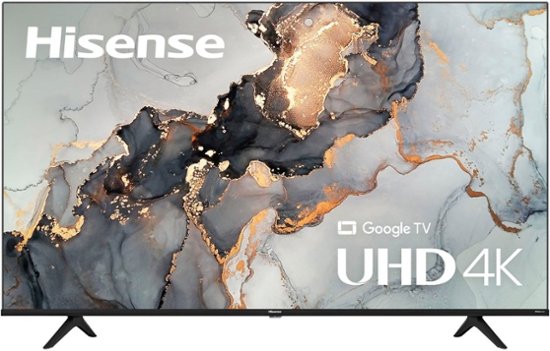
- Sizes: 43-inch, 50-inch, 55-inch, 65-inch, 70-inch, 75-inch
- Display type: LED
- Resolution: 4K
- Refresh rate: 60Hz
- HDR: HDR10, Dolby Vision
- Audio: DTS Virtual:X
- ARC/eARC: eARC
Hisense’s A6 Series is the brand’s mid-range 2023 flagship 4K TV. This kind of TV is about what you’d expect from a budget 4K TV launched in 2023 – you get 4K resolution, HDR support, DTS Virtual:X, and even HDMI eARC on top of familiar smart TV functionality.
You will be missing out on more full-featured HDR support by way of HDR10+ and HLG, and you won’t be getting fancier audio technologies like Dolby Atmos. Nor will you get gaming-focused features like VRR, but you will get ALLM, which is a nice bonus. The Google TV operating system comes as standard.
The A6 Series is over a year old now, so there might be some bargains around. You can see the best prices below.
Should you buy a Hisense U6H Series?
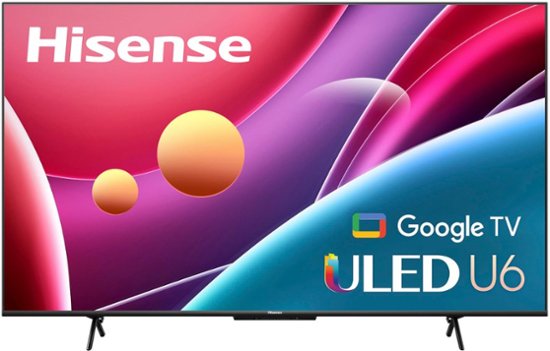
- Sizes: 50-inch, 55-inch, 65-inch, 75-inch
- Display type: Quantum ULED
- Resolution: 4K
- Refresh rate: 60Hz
- HDR: HDR10, Dolby Vision, HLG, HDR10+
- ARC/eARC: ARC
Hisense’s U6H line is one of the brand’s more premium lines of television that still manages to come equipped with a budget-friendly price tag. These TVs upgrade Hisense’s other lines’ traditional LED panels to Quantum ULED panels as well as supporting the full suite of HDR functionality, in addition to bringing full-array local dimming to the table.
What’s a Quantum ULED, you ask? Well, ULEDs are traditional LED TVs that come with an extra layer between the panel and display that’s aimed at providing better contrast and deeper blacks in conjunction with some proprietary Hisense software. A Quantum ULED also makes use of quantum dot technology seen in QLEDs on top of the above.
We’d have to review this TV to give you a good idea of its actual performance, but on paper, you can definitely expect a fairly meaty improvement to image quality with a Quantum ULED set, particularly one with full-array local dimming, over a traditional LED set. Accordingly, you'd probably expect a substantial price increase with the U6H, but you’d be wrong.
These TVs might not be the best pick for gamers, and if you’re looking for more impressive display tech like OLED, you’ll be better served elsewhere. But if you want exceptional value on a modern set with competitive features and image quality, the Hisense U6H Series is definitely worth a look.
Should you buy a Hisense A6K Series?
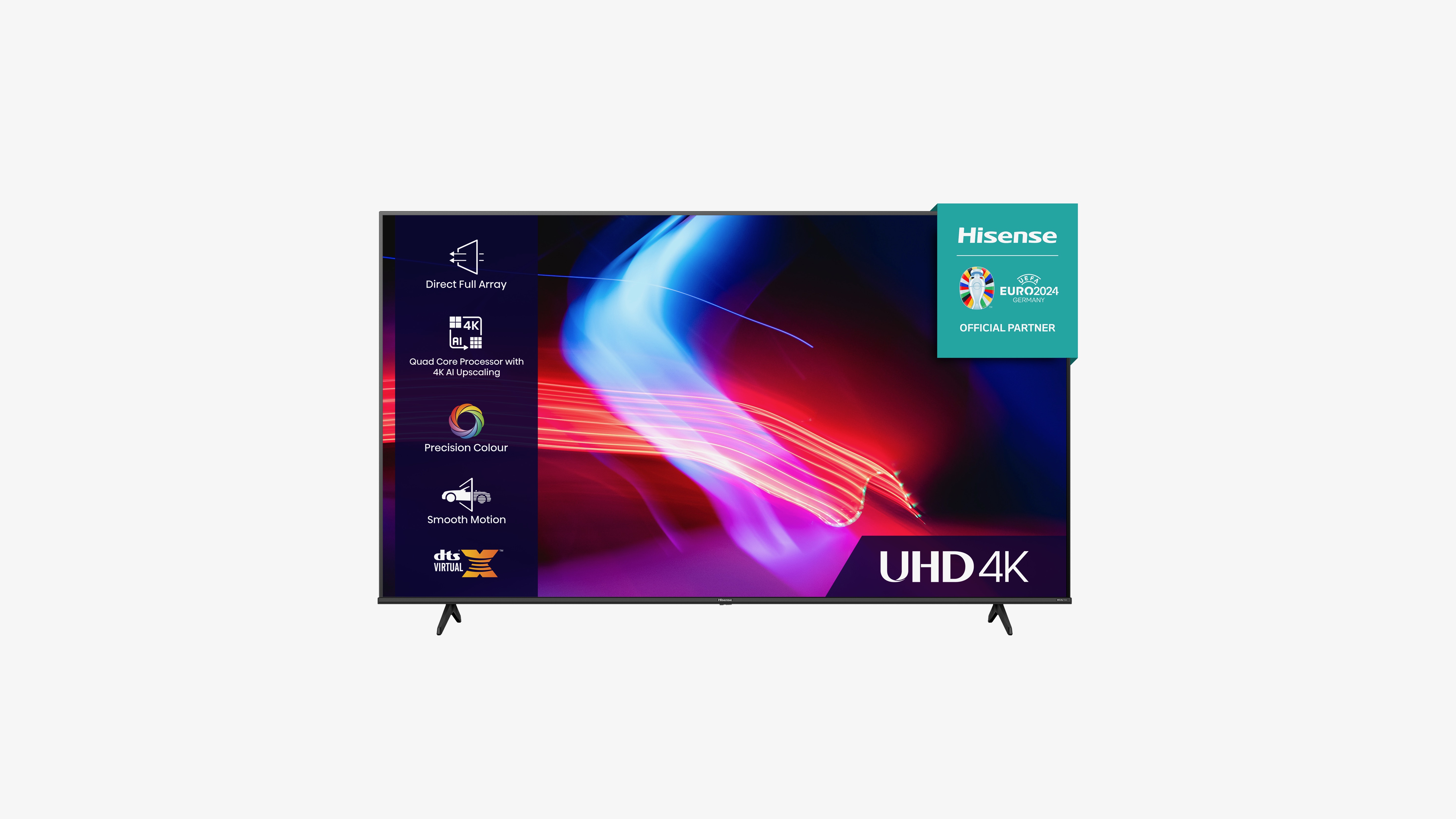
- Sizes: 43-inch, 50-inch, 55-inch, 58-inch, 65-inch, 70-inch, 75-inch, 85-inch
- Display type: LED
- Resolution: 4K
- Refresh rate: 60Hz
- HDR: Dolby Vision
- Audio: DTS Virtual:X
- ARC/eARC: ARC
The A6K is one of the cheapest 4K TVs to offer this huge range of sizes. Those short of space – or looking for a second set for a bedroom or kitchen – can opt for the 43-inch mode, while those with the means can go big with the 85-incher.
All models are 4K, offer Dolby Vision HDR and DTS Virtual:X audio. The AI Picture Optimisation technology identifies what's being shown and optimises the picture settings to enhance the experience, while you also get gaming-specific features like ALLM, which we would not expect at this price.
Other benefits include two voice assistants (Alexa and Google Assistant) and Hisense's own VIDAA U6 Smart TV OS.
We haven't tested this range, but it's certainly feature-packed for the money.
Should you buy a Hisense E7K Pro Series?
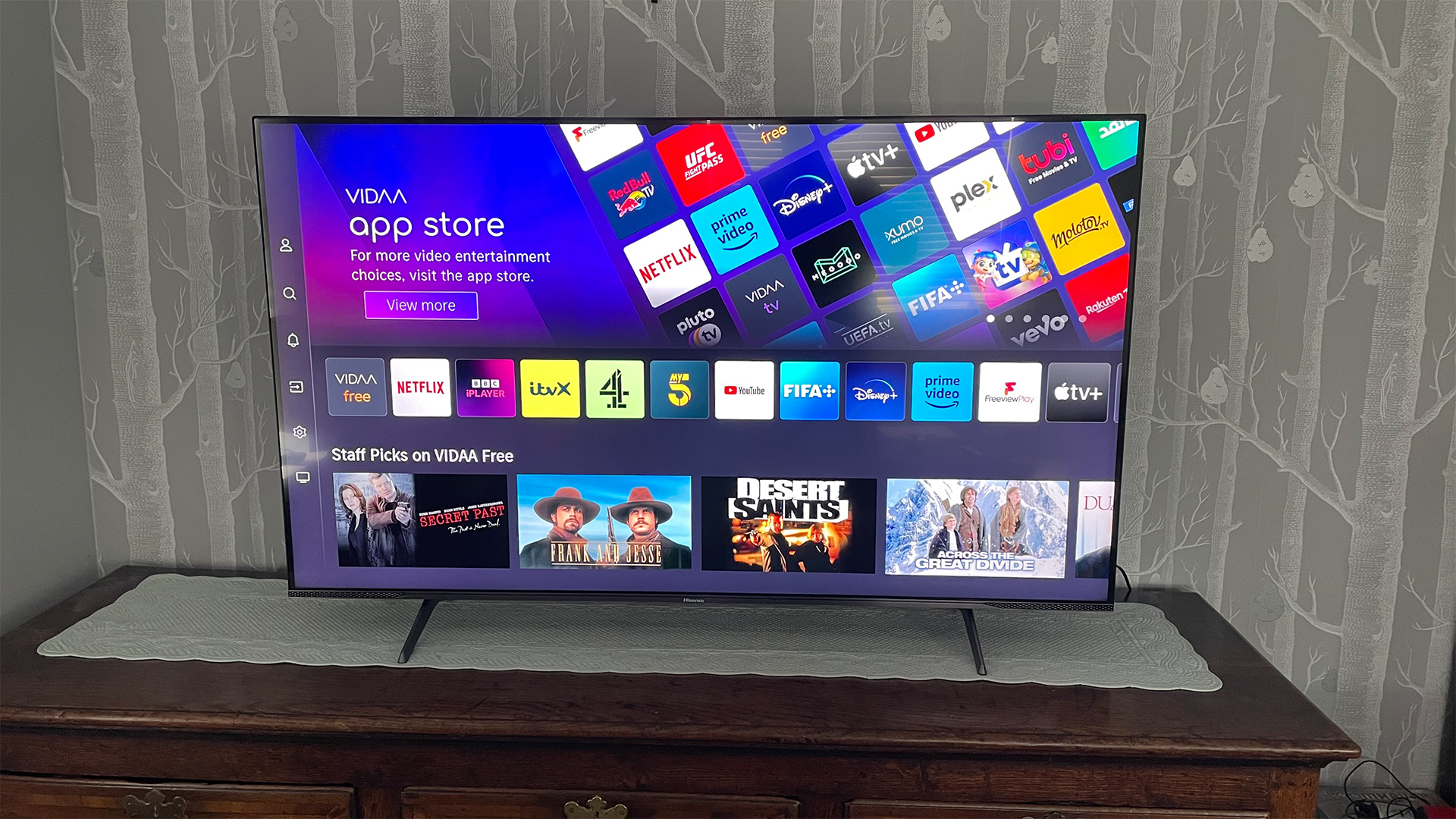
- Sizes: 55-inch, 65-inch, 75-inch
- Display type: Quantum Dot LCD
- Resolution: 4K
- Refresh rate: 120Hz
- HDR: HDR10+, HDR10, HLG, Dolby Vision
- Audio: Dolby Atmos
- ARC/eARC: eARC
Hisense's E7K Pro is built for gamers. Don't confuse it with the standard E7K, which has a lower screen refresh rate (60Hz, compared to the Pro's 120Hz), no built-in subwoofer and an older version of Hisense's VIDAA operating system.
The E7K Pro is at the lower end of the mid-market – while it has plenty of features, its picture quality is a little lacking, as we found in our review. But if you're after a well-specced TV without the price tag, it could be worth considering.
Starting at 55 inches, the E7K Pro doesn't do small screen sizes. The design is pleasingly minimalist, and while the bottom section is a little bulkier than most, it does incorporate a built-in subwoofer, so we can forgive it.
It boasts a Quantum Dot VA panel, with ALLM and VRR gaming features, Dolby Vision gaming up to 4K120Hz, and all four main formats of HDR along with Dolby Vision IQ and HDR10+ Adaptive.
On audio duties are a 40W, 2.1 speaker system with Dolby Atmos and eARC for hooking up a compatible soundbar.
MORE:
Should you buy a TCL TV? Or Should you buy an Amazon Omni QLED TV?
Need help? How to choose the right TV
Save big with our pick of the best TV deals
Get the What Hi-Fi? Newsletter
The latest hi-fi, home cinema and tech news, reviews, buying advice and deals, direct to your inbox.
Lewis Empson is a Senior Staff Writer on What Hi-Fi?. He was previously Gaming and Digital editor for Cardiff University's 'Quench Magazine', Lewis graduated in 2021 and has since worked on a selection of lifestyle magazines and regional newspapers. Outside of work, he enjoys gaming, gigs and regular cinema trips.
- Joe Svetlik
- Joe CoxContent Director
- Becky Roberts
-
nshakesp Can't comment on anything but what I've bought but just purchased the Hisense 43AE7400FTUK for £379 from Richer sounds (6 year warranty pushes me towards them, although Costco are offering it at £329 with 5 years which I'd have gone for but don't have a Costco card), excellent TV, crisp visuals / colours and decent sound, can't comment on the smart features as don't use them but for a telly for watching + listening for this money you can't fail in my book.Reply
